In the ever-changing landscape of modern business, the role of networking and branding cannot be over-emphasized. The humble business card is one of the most enduring tools in this endeavor, potentially making a small business dream a reality. It is also the first interaction many customers have with a business, so it pays to create a positive first impression.
Table of Contents
Introduction
Elements of business card customization
Conclusion
Introduction
Despite our increasing reliance on digital tools, business cards remain vital to face-to-face interactions, providing a tangible and memorable connection between a business and potential customers and partners. They also reflect the company they represent, underscoring the importance of them needing to make the right impression.
According to Business Research Insights, the business card’s global market size was US $17 million in 2021 and is estimated to reach 43.33 million in 2031, exhibiting a CAGR of 9.5% during the forecast period. In a thriving market, it’s only natural then that the need for quality business card customization continues to grow.
Importance of business card customization
Business card customization is more than just a design choice; it is a strategic investment in a brand’s identity. As a small business or retailer, you can stand out in a full marketplace by tailoring your business card to reflect your unique personality and the essence of your business.
Customization allows you to infuse your brand identity into every aspect of your card, from design and content to paper quality and special features. Therefore, when a business takes a personalized approach, they are not only handing out a card, they are delivering a piece of the brand’s story and values.
Moreover, a well-designed business card makes you look professional, builds trust with clients and partners, and sets your business apart from others.
Here we’ll look at how various elements of business card customization can help your small business or retail store make a powerful and memorable impact on potential customers and partners.
Elements of business card customization
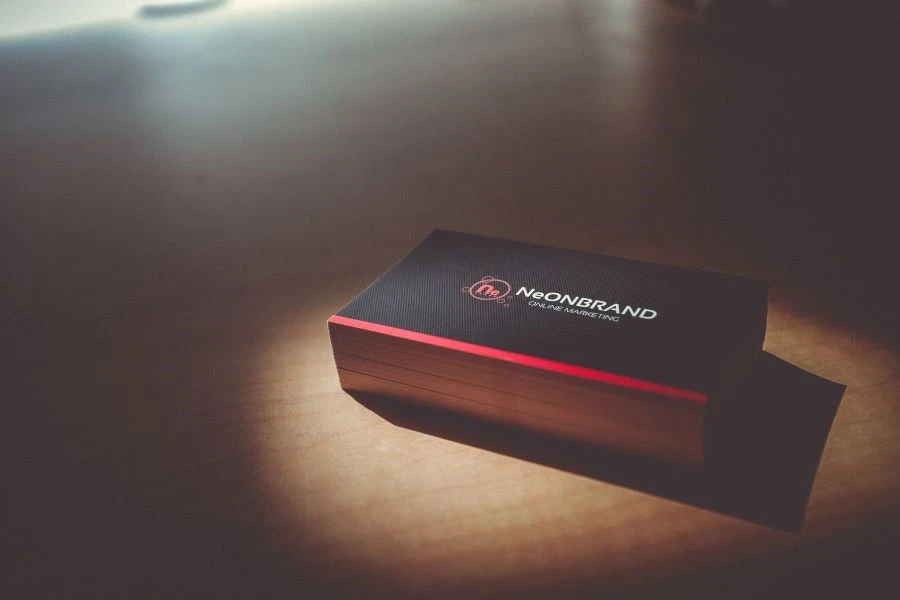
When making a business card for your business, some elements are non-negotiable, no matter whether you are making a traditional or digital business card. For example, when customizing a business card, one needs to consider their industry and create a business card best suited to it.
This is just one of the many elements that each business card should have to stand out. Others include:
Design
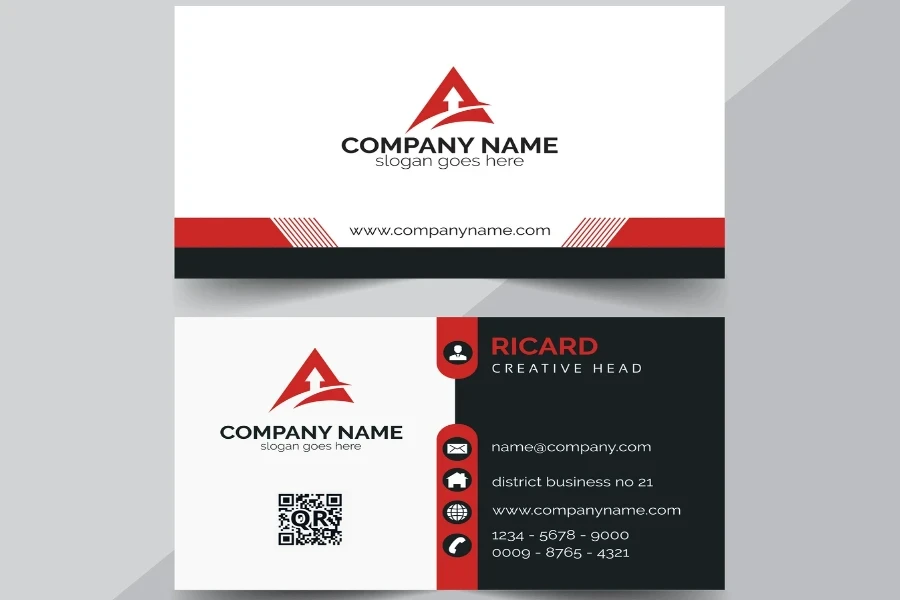
A business card’s design is the first thing people notice. A business card’s design should be visually appealing and aligned with the brand’s overall outlook. Moreover, color is a powerful communicator of emotions and associations, so it should align with the message one wants to convey. For instance, red and orange can evoke energy and excitement, while blue and green exude calmness and trust. Careful color selection sets the tone for the business.
Font is also important in that it needs to be easy to read as well as align with the brand’s personality and values. For instance, a formal, elegant font might suit a high-end boutique, while a modern, sans-serif font could be more fitting for a tech startup. Furthermore, consistency in font selection across brand materials enhances recognition.
Finally, use graphics that complement your brand. Icons, symbols, or illustrations can enhance your card’s design but they should be relevant and not clutter the card. A clean and professional design can leave a lasting impression. Also, be sure to add your company logo as this is the visual cornerstone of the brand.
Content
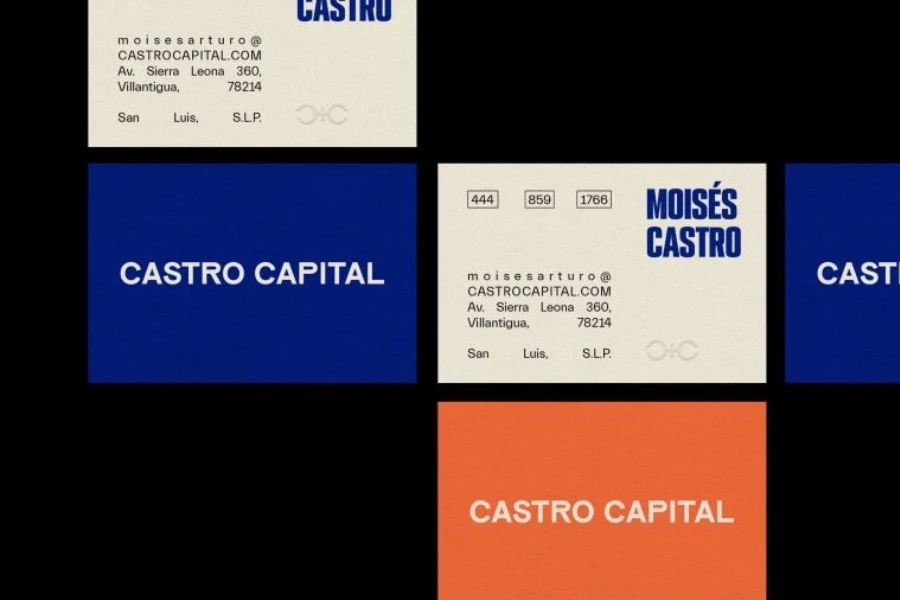
While business cards should create a good impression, their primary purpose is to actually provide contact information. A business card’s content should be concise and informative and include essential information like your name, job title, and contact and business details. Ensure the font and text size are readable.
When customizing business cards, consider adding optional information that amplifies your brand’s presence. Social media handles, website URLs, and a tagline can all contribute to a more engaging card. However, don’t overwhelm the card with information.
Paper and printing options
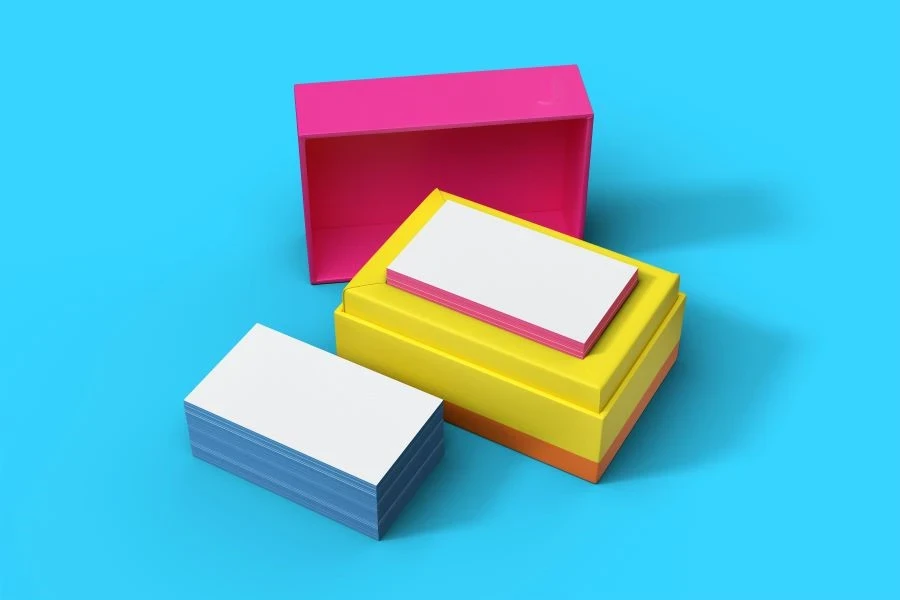
The choice of paper stock and printing method can significantly impact a business card’s overall feel and quality. High-quality paper and printing techniques like embossing or foil stamping can make a card stand out.
The type of paper and printing used should align with the business brand identity. As sustainability gains popularity, consider using eco-friendly paper and printing options. These will not only lower your carbon footprint but also appeal to environmentally conscious clients.
Size and shape considerations
Business cards come in many shapes and sizes. While the standard size of 3.5 by 2 inches is widely accepted, practical, and fits easily in wallets, custom sizes can make a card more memorable. Choose the size that aligns with your brand’s identity while also factoring in the information you need to include.
Die-cut cards with unique shapes are also particularly eye-catching. However, ensure not to compromise practicality or readability. For instance, a baker may want to consider designing a card shaped like a cupcake.
However, balancing creativity and practicality is important. A card should be unique but not so unconventional that it is difficult to store.
Texture and feel
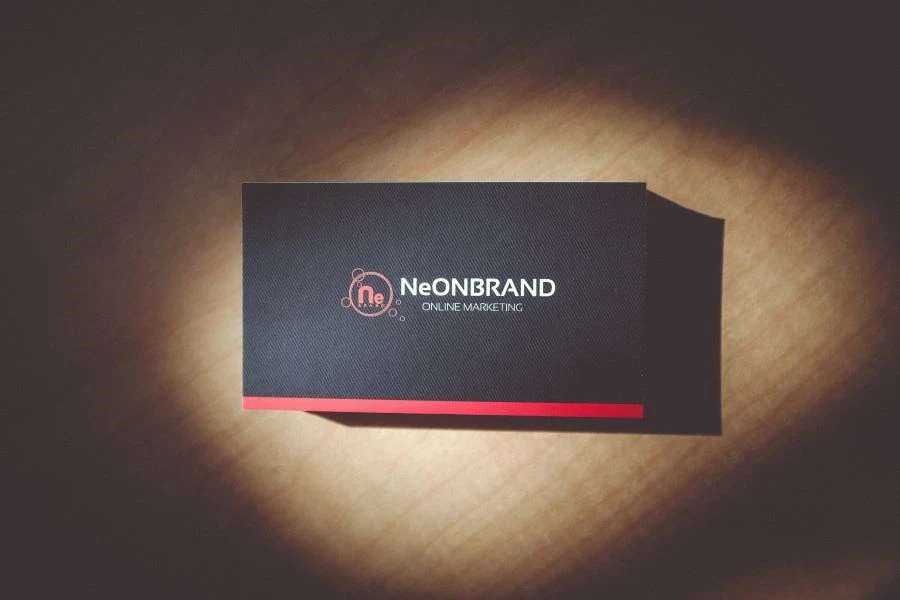
The tangible experience of receiving a business card can leave an imprint. Therefore, it pays for businesses to experiment with different textured options like matte, glossy, or paper and consider how they complement their business design and branding.
The texture of the paper and the special finishes should correspond with a brand’s identity and the emotions you want it to evoke. For instance, a tech startup may want to choose a smooth, glossy texture, while a spa can use a luxurious textured feel.
Imagery
Incorporating imagery in a card can help tell a brand’s story. Personal images can add a human touch, while product images can be suitable for retailers who want to showcase their products.
Consider using high-quality images that reflect the business’ products, services, or industry, but ensure the imagery complements the overall design.
Budget
Business card customization doesn’t have to break the bank but it pays to first set out a budget before diving in. Before doing so, you’ll also want to factor in your customers’ tastes, preferences, and budget constraints, as this may have a say on whether you should hold back or go premium.
For instance, some businesses may prefer metal business cards, which need engraving and embossing but are more durable, while others prefer standard paper-based cards.
If you are a small business looking to customize your business cards, set a cost-effective budget that does not compromise the quality of your business cards.
Special features

Consider adding special features like die-cut shapes, embossing, and QR codes when customizing business cards.
With digital business cards gaining popularity, more people are adding QR codes to their conventional business cards. Some businesses may also add personalized messages and handwritten notes to add a personal touch to their card. This is mostly impactful when connecting with potential clients and partners.
Overall, special features should be designed to make a business card more memorable and interactive and prompt further engagement with a brand.
Conclusion
In the fast-paced world of business, first impressions matter, and business cards remain a powerful tool for making a lasting impression on prospective clients and partners.
Business card customization is key to ensuring a card reflects a brand’s identity and values, making it a memorable and effective networking tool.
As a small business and retailer, it’s crucial to carefully consider your cards’ design, content, paper, size, texture, budget, and special features to create a tangible representation of your brand that speaks to your professionalism and dedication to your craft.
For all your business card needs, including paper, printers, and other accessories, visit Alibaba.com.



